Ankunft, Umstände und mentale Herausforderung
Schon als das Flugzeug in Delhi auf der Landebahn aufsetzte fiel uns die Luftqualität auf. Die Passagiere fingen teilweise schon an zu Husten noch bevor wir das Gate erreichten.
Joel und ich sind gegen 6 Uhr morgens bei unserem Hotel in Pune angekommen. Da wir noch nicht einchecken konnten entschieden wir uns für einen kleinen Spaziergang um den Block. Allerdings hatten wir uns nach ein, zwei hundert Meter zum Umdrehen entschieden. Denn anstatt aufweckend und erholend wurde uns nahezu schlecht von der von Abgasen betrübten Luft.
Felder und Umgebung
Zusätzlich zur Luftqualität lief um uns herum so einiges und auf das warme Wetter, vergleichbar mit warmen Sommertagen in der Schweiz, durften wir uns auch anpassen. Es fühlte sich an als würde die Sonne dort mehr herunterbrennen und Alles in Allem war es dadurch «ziemlich warm» um Pesäpallo zu spielen oder gar den ganzen Tag am Spielfeld zu verbringen. Mit dem Verkehr und dem Treiben der Strassen noch nicht vertraut setzt man sich in ein Tuk-tuk auf ein Erlebnis der anderen Art und mit anderen Sorgen.
Nur Tage vor unserer Abreise nach Indien erhielten wir den ersten «Entwurf» des Turnierplans. Darauf waren zwar Begegnungen und Zeiten in einem einfachen Excel-Sheet aber weder die Orte waren definiert noch wo und wann die Rahmenaktivitäten, insbesondere die Eröffnungszeremonie, stattfindet. Glücklicherweise hat unser Team beim Erkunden der Spielfelder der Stadt ein paar Organisatoren angetroffen und waren danach «besser» informiert, aber wohl auch mehr verunsichert was da auf uns zukommen würde.
Am ersten Tag auf dem Spielfeld angekommen finden wir eine irgendwie surreale Situation vor. Da war eine Bühne mit Plakaten der 10. Pesäpallo Weltmeisterschaften, ein paar Stühle und Pavillons und neben an ein kleines Gebäude das wohl das «Club-Haus» oder so etwas in der Art sein sollte. Was das alles schräg machte war wohl die unüberhörbare EDM (electronic dance music) Programm der Lautsprecher.
Zwei Spielfelder waren eingezeichnet. Die Platzqualität reichte von «sehr Besorgnis erregend» bis zu «gefährlich». Wenn unsere Unfallversicherungen das mal gesehen hätten! Das wäre für unser allgemeines Verständnis ganz offensichtlich eine «ganz dumme Idee» sich auf diesem Untergrund sportlich zu betätigen. Löcher im Feld worin man den ganzen Fuss und Knöchel versenken konnte, Erhöhungen über die man leicht stolpert wenn man nicht aufpasst, Steine, Exkremente, Abfall sowie Glassplitter und Metalldrähte konnten wir finden.
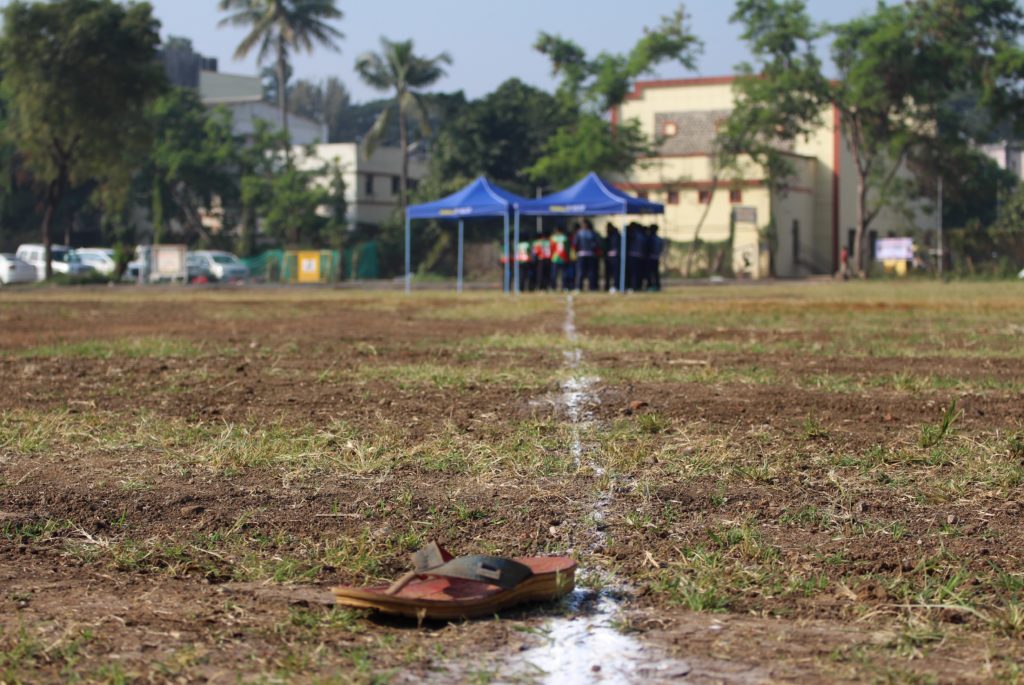
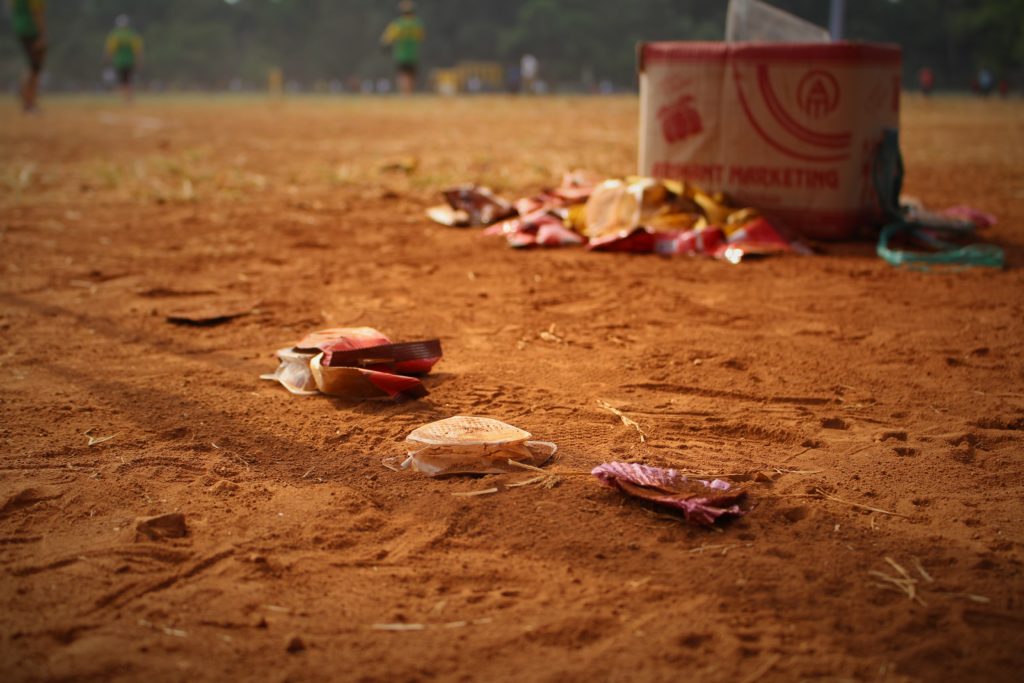
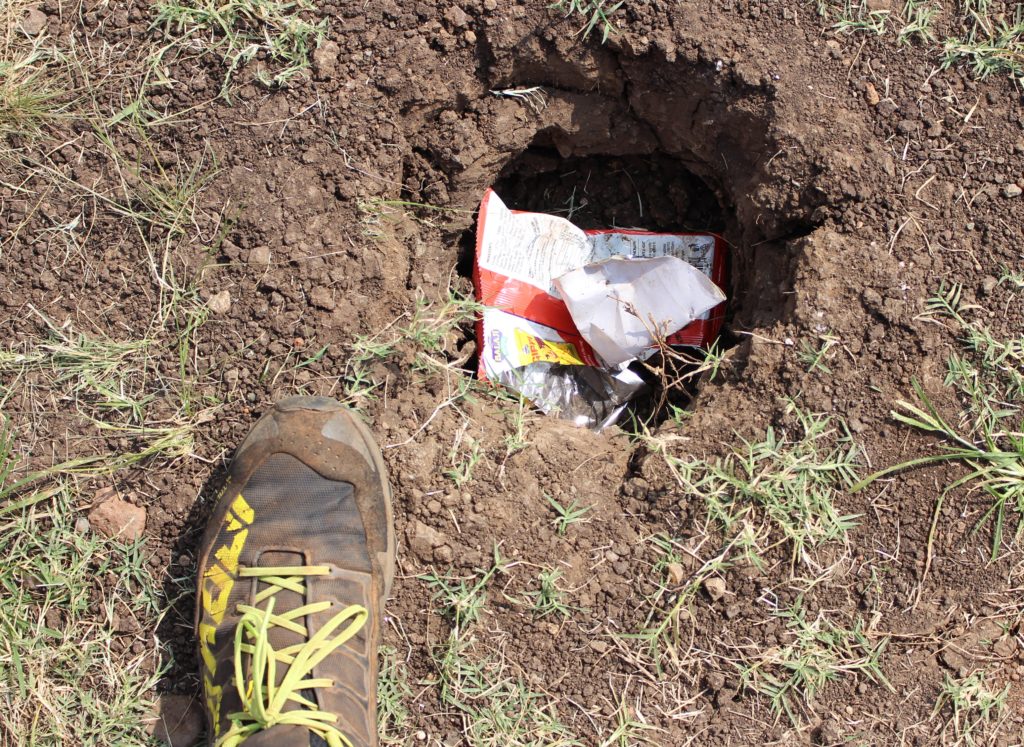
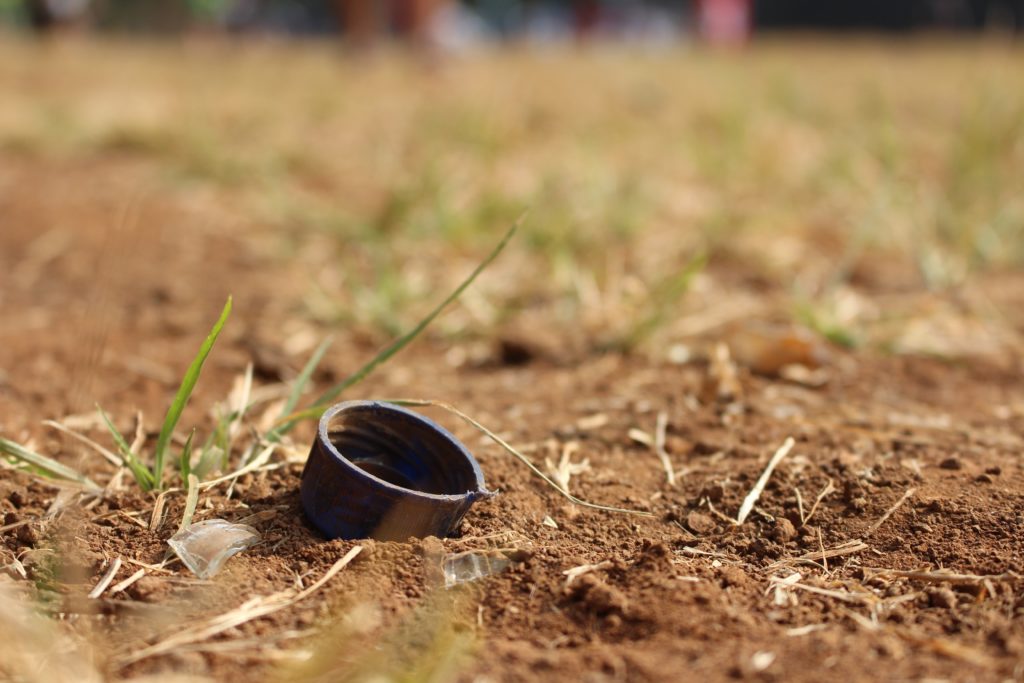
Abfall und Glassplitter 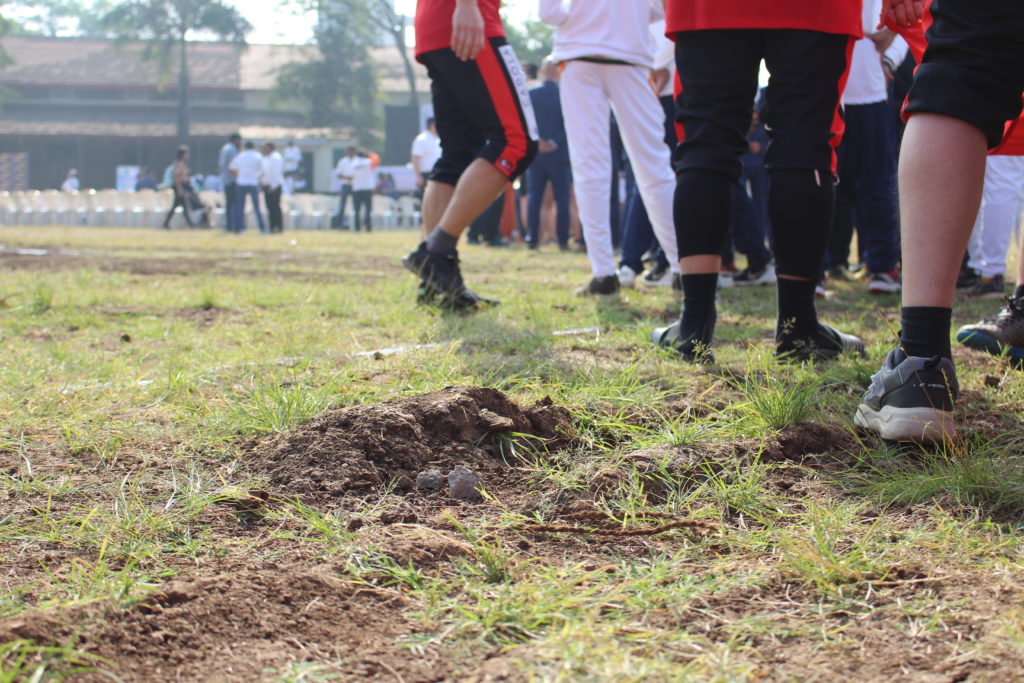
Erhöhungen
Zu all dem war keine Anzeigetafel zu sehen. Es gab kein weder ein offizielles Spieler- und oder Punkteblatt noch ein Zählerpult mit jemandem der schreibt. Schiedsrichter, wenn welche auffindbar waren, erschienen oft zu spät und Entscheidungen fielen öfters und offensichtlich aus einer ungünstigen Position oder auf Basis von sehr schlechten Pesäpallo-Kenntnissen. Spiele starteten fast immer verspätet und wurden zusätzlich, zumindest aus unserer Sicht, durch unnötige Unterbrüche und Abläufe verzögert.
Die Lautsprecherbox neben der Bühne war direkt in der Heimbase vom Männerfeld. Auf «volle Lautstärke» aufgedreht gab das Teil sogar dann ein störendes Rauschen von sich, auch wenn keine Musik lief und gerade niemand ins Mikrofon gesprochen hat. Die Spiele wurden regelmässig von einem Sprecher gestört, also auch während dem Anwurf.
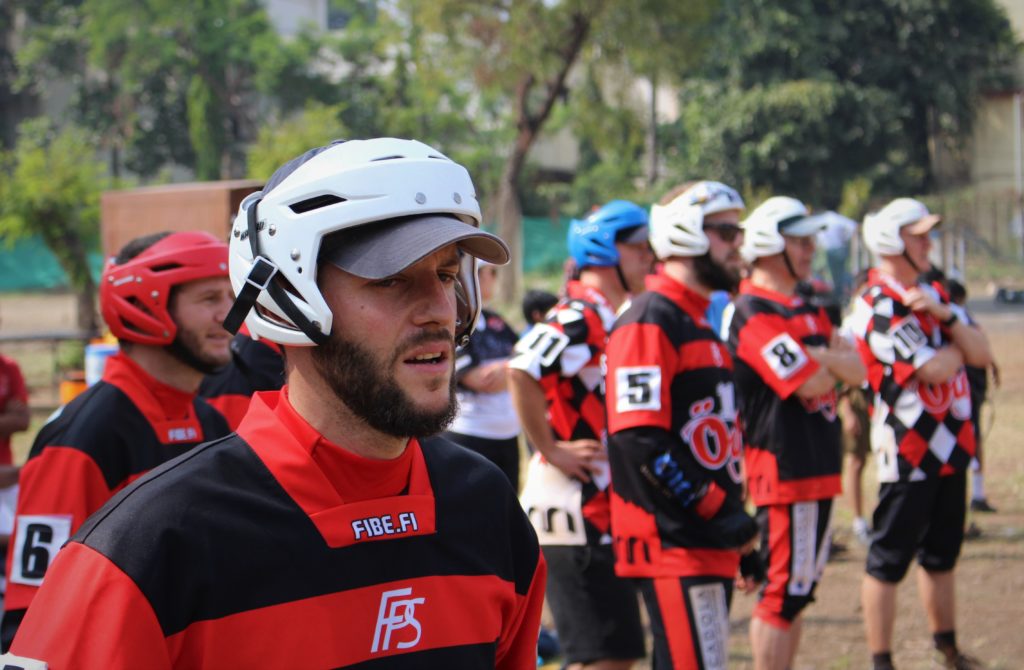
warten, warten, … warten 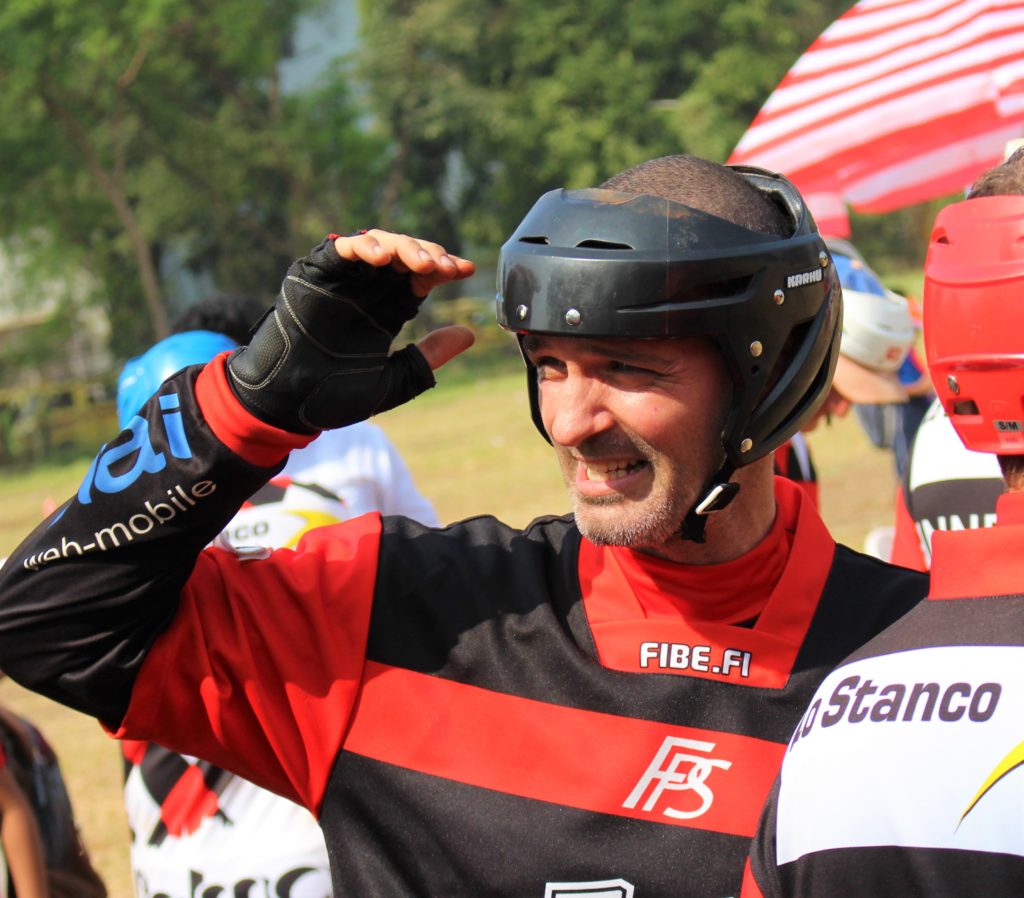
zu laut
Eröffnungszeremonie
Irgendwann am ersten Tag, Zeit ist in Indien erfahrungsgemäss ein sehr relatives Konstrukt, fand dann auch die Eröffnungszeremonie statt. Eine recht lange Prozedur mit vielen Vorstellungen und Ehrungen von gefühlt nahezu jedem einzelnen der auffindbar war. Es war und ist wohl immer noch schwierig für uns nachzuvollziehen inwiefern gewisse Personen einen ehrenwürdigen Beitrag zum Anlassen geleistet haben. Wir können nur annehmen, dass es wohl Kultur ist zum Beispiel auch einen Bürgermeister und Vertreter von diversen Organisationen zu einem Anlass einzuladen. Unter dem Strich sahen wir eine Menge Aufwand für das scheinbar Repräsentative, aber kaum etwas zugunsten des Wohlergehens der Spieler und oder des Spielbetriebs. Nachdem wir Indien und die Umstände auch an anderen Stellen beobachten und erfahren konnten, können wir etwas besser nachvollziehen wie schwierig die Organisation wohl gewesen sein muss.
Nachdem sich alle Teams aufgestellt und an der Bühne vorbeigelaufen waren, sowie Gäste und Organisatoren geehrt wurden gab es noch eine kleine Platzeinweihung. Dabei brach jeweils der Captain jedes Teams eine Kokosnuss auf einem Stein auf und goss die Milch über eine Stelle auf dem Platz. Rückblickend hat das wohl genützt, denn mir sind keine groben Unfälle bekannt die es auf diesem Platz leicht hätte geben können.
Endlich war es soweit. Die Spiele konnten beginnen!
Spiele und Impressionen
Unser erstes Spiel war gar das Eröffnungsspiel gegen Finnland. Ja wir hatten unsere Highlights!
Das Turnier nahm seinen Lauf und es gab einige Spiele zu beobachten und mit zu erleben. Nepal, Bangladesch und Indien hatten definitiv die schnellsten Läufer und wussten auch zu stark zu werfen und richtig zu fangen. Auch die grundlegende Pesäpallo-Taktik schien Ihnen vertraut zu sein. Zugegeben die Teams waren wesentlich besser als wir uns das im Vorfeld erahnt hatten.
So stark, unser Mixed Team hatte kaum Chancen punkte einzufahren. Bei den Männern waren es sehr spannende Spiele mit sehr starken Spielern auf beiden Seiten. Aus meiner Sicht zeigte sich die Turniererfahrung und entschied schliesslich über den Ausgang der wichtigen Gruppenspiele. Unsere Spieler wussten sich, auch unter schwierigsten Umständen, zu konzentrieren und stets das Bestmögliche heraus zu holen.
Und so kam es zu diesem einzigartigen Moment im Halbfinal gegen Indien, die Erkenntnis und Freude es tatsächlich bis ins Finale geschafft zu haben. Und das bedeutete auf sicher die Silbermedaille!
Das Final war dann ein klarer Fall für das Team aus Finnland. Es zeigte wieder einmal auf, dass selbst ohne Spieler und Spielerinnen der besten Liga Finnlands es noch reicht ein Team auf die Beine zu stellen und den Weltmeistertitel zu verteidigen. Schaut man sich aber das Alter und die Fortschritte der neuen Teams im Osten an wird Finnland eines Tages vielleicht nicht mehr ganz so einfach Ihren Titel verteidigen wie sie das bisher konnten. Das wäre insofern wünschenswert, denn spätestens dann werden die Finnen merken, dass Ihr Sport auch International Anklang findet und etwas zu bieten hat.
Abschlusszeremonie
Noch eine langwierige Zeremonie. Glücklicherweise gab es ein paar kleine Show-einlagen die das ganze Programm etwas auffrischten.
Obschon da eine scheinbar offizielle Videokamera und viele Menschen mit Fotokameras zu sehen waren, kann man die Aufnahmen und Fotos kaum irgendwo im Netz finden. Schade eigentlich, aber vielleicht erscheint auf der Indian Pesäpallo Federation Webseite irgendwann noch etwas.
Unserer Spieler wirkten mitgenommen und müde, aber durchaus zufrieden. Vielleicht zufrieden, dass es endlich vorbei war, müde nach den anspruchsvollen Spielen und den ganzen Umständen oder glücklich darüber schon bald als Vize-Weltmeister in die Heimat zurückzukehren.
Abschliessende Worte und ein Ausblick in die Zukunft
Wir können nur hoffen, dass die neuen Pesäpallo Nationen Nepal, Bangladesch und weitere aus dem asiatischen Raum eine tolle und eindrückliche Erfahrung von den Weltmeisterschaften mitnehmen konnten und dadurch Ihre Bemühungen und Leidenschaft für Pesäpallo bei sich national und international weiter geht. Es wäre ausgesprochen cool Sie auch künftig an den Weltmeisterschaften vor zu finden und mit oder gegen Sie an den unterschiedlichsten Orten auf der Welt spielen zu dürfen. Alles Gute und hoffentlich trifft man sich an 2022 in Finnland!
An dieser Stelle besonderen Dank an Chetan Pagawad für den Erfolg und seine Bemühungen für Pesäpallo im Osten. Auch wenn für die Organisation der Weltmeisterschaften in Indien und die damit verbundene Kommunikation und Durchführung markante Verbesserungen nötig gewesen wären, so gäbe es ohne Ihn all diese neuen Teams heute sehr wahrscheinlich nicht. Ich hoffe dennoch für uns alle, dass er kann weiterhin Menschen für unseren Sport begeistern und die richtigen Mitwirkenden an seiner Seite findet um Pesäpallo in Indien und der Region weiter zu fördern.
Ein ganz spezieller Dank an all unsere Spieler und Spielerinnen, Unterstützer und Helfer die sich für diese Erfahrung aufgeopfert und dabei waren. Ob es für das Anfeuern, Getränke und Essen holen, Material bewachen und von A nach B über Paris Airport schleppen oder sich den offensichtlichen Risiken stellen und die Schweiz an den Weltmeisterschaften zu vertreten – merci!

Ich hoffe, trotz all den Strapazen, die Erfahrung war es wert und wir sind stolz auf euch!
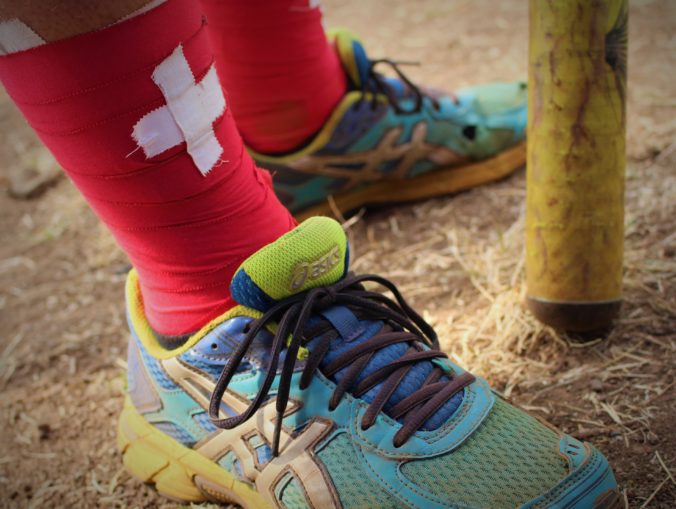
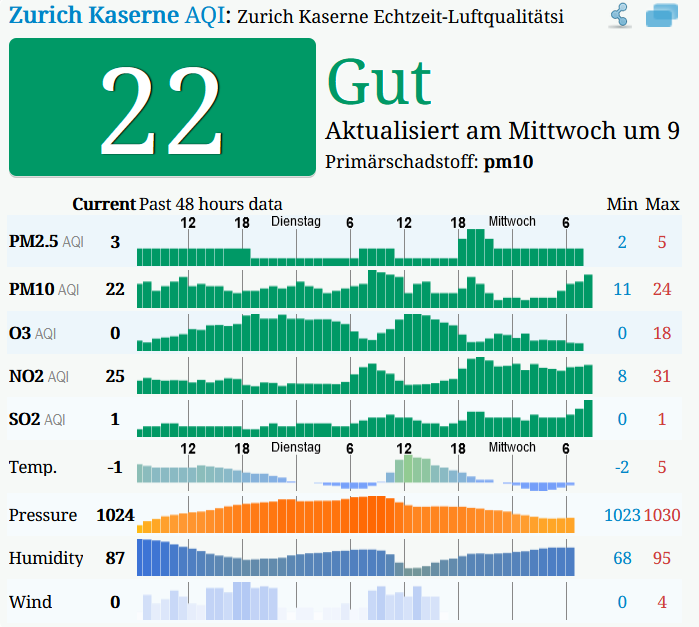
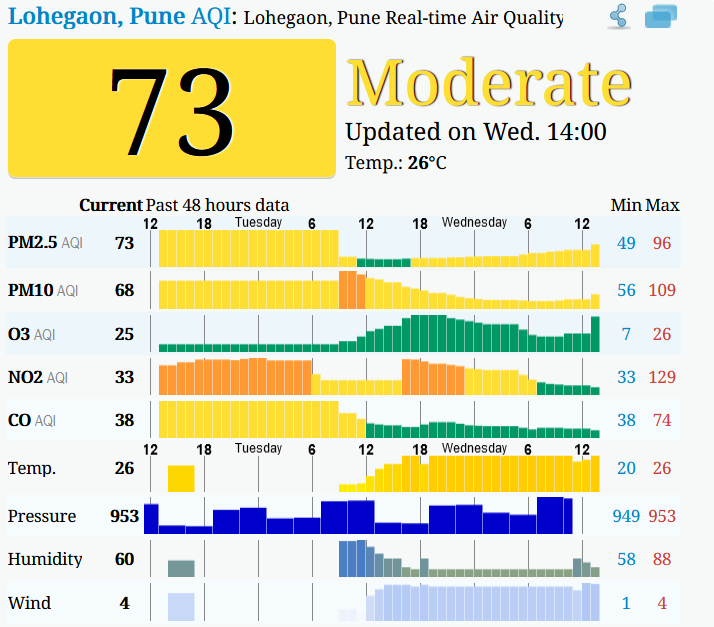

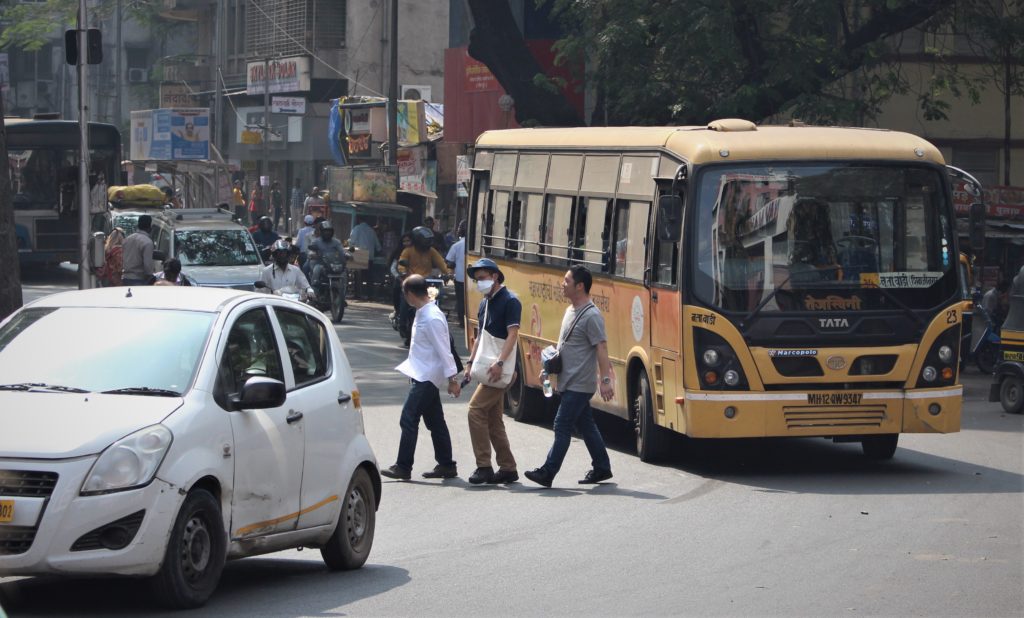
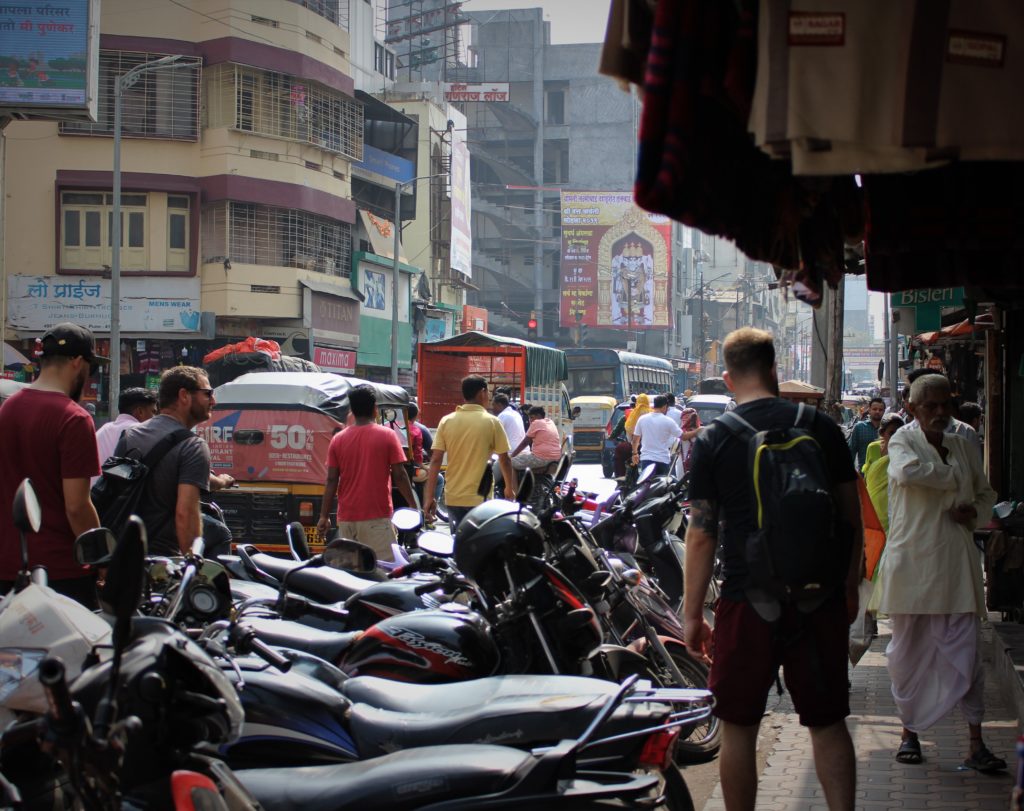
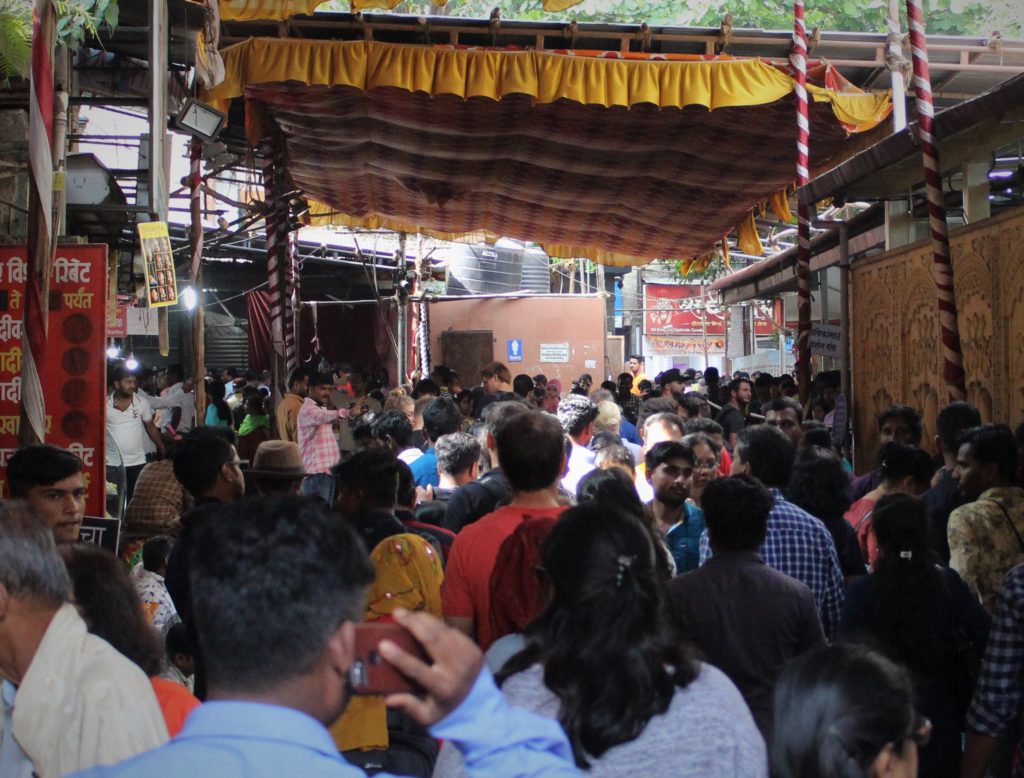
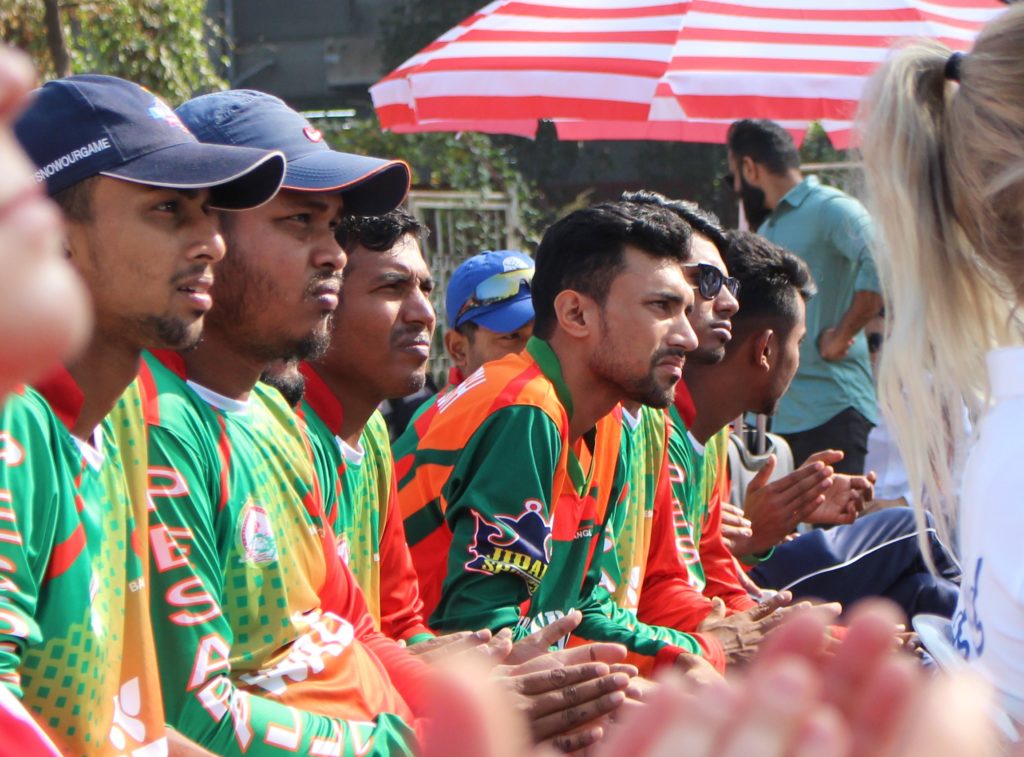
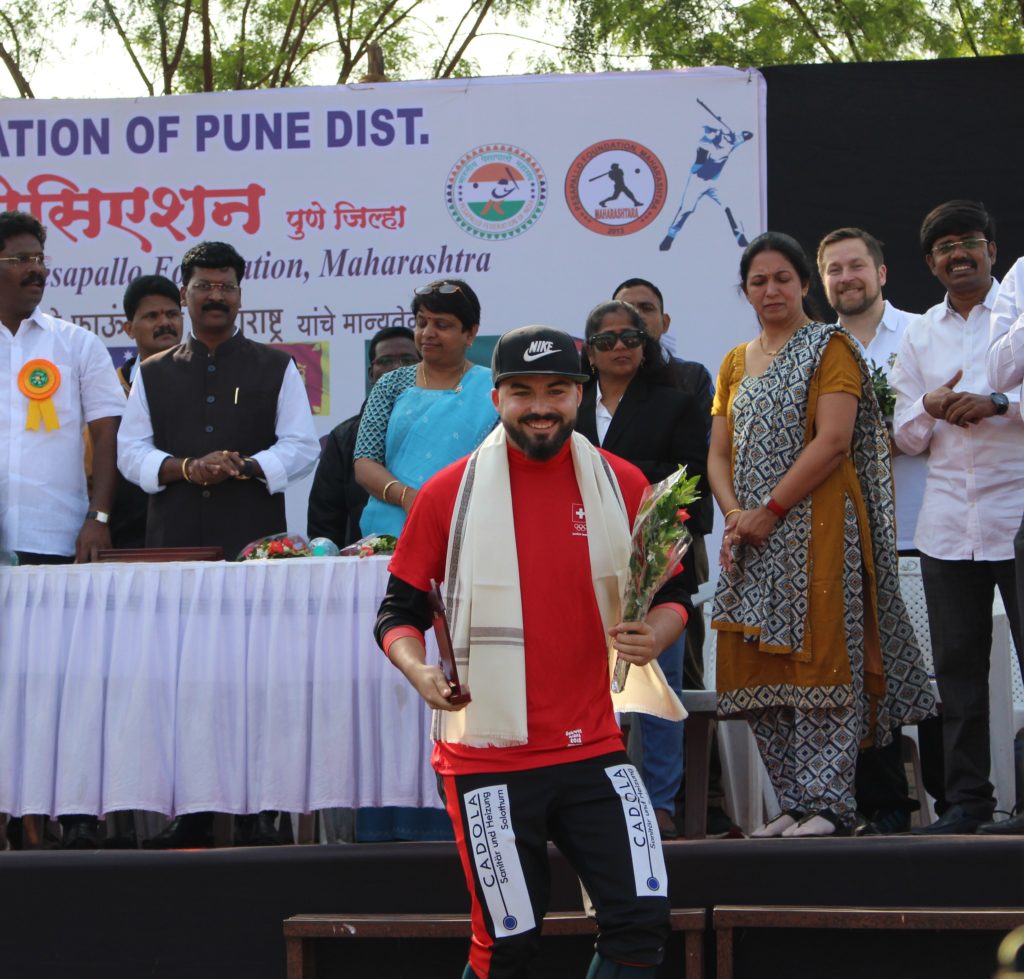
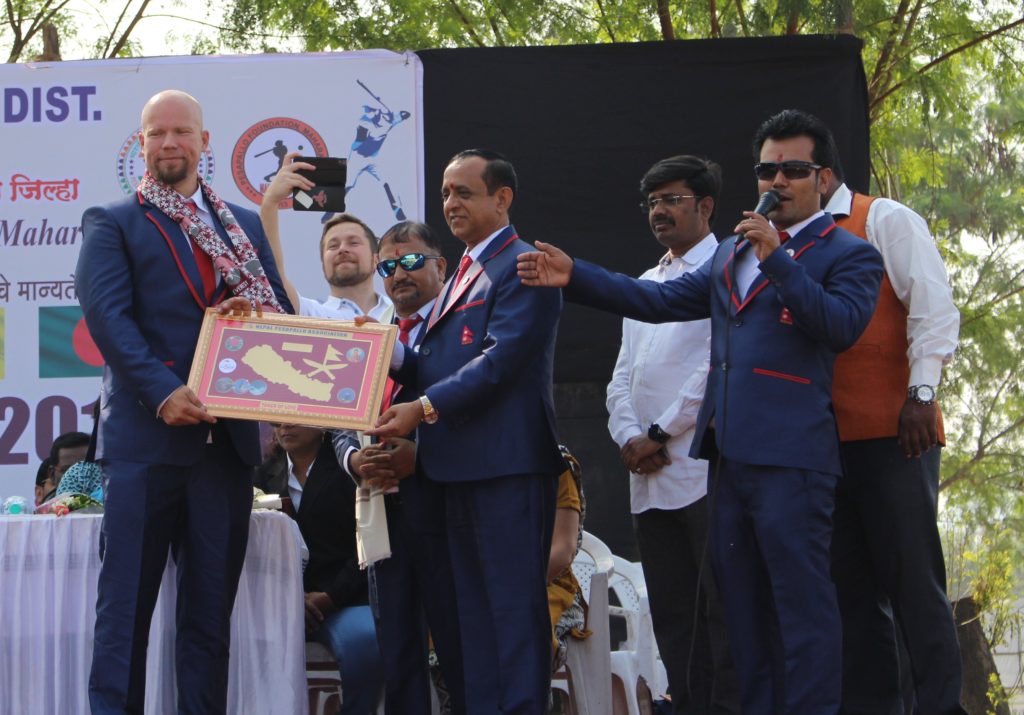
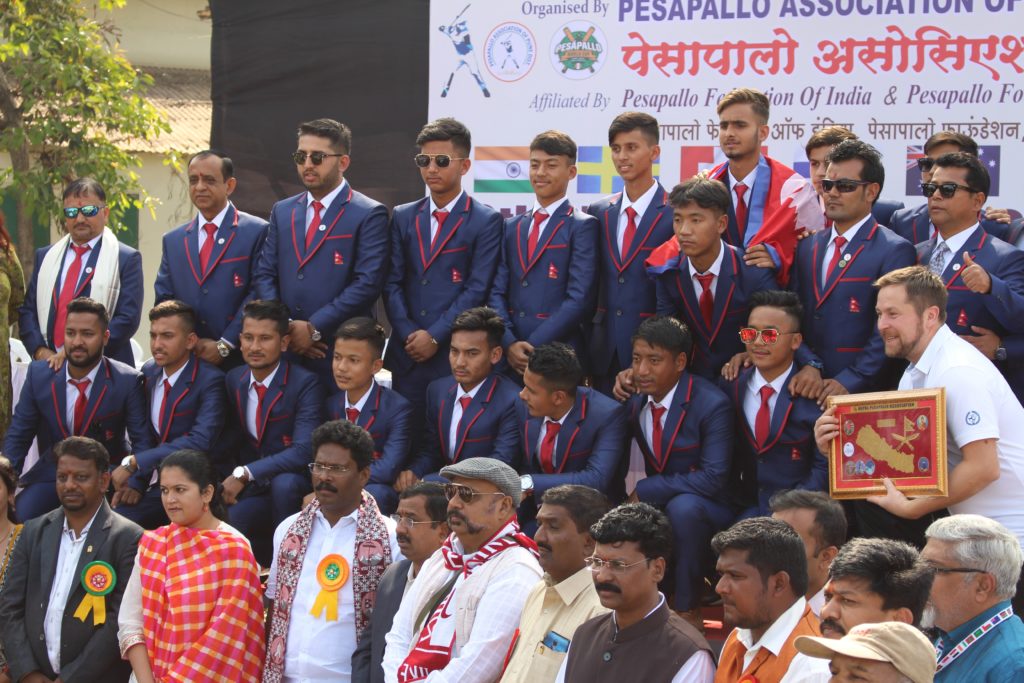
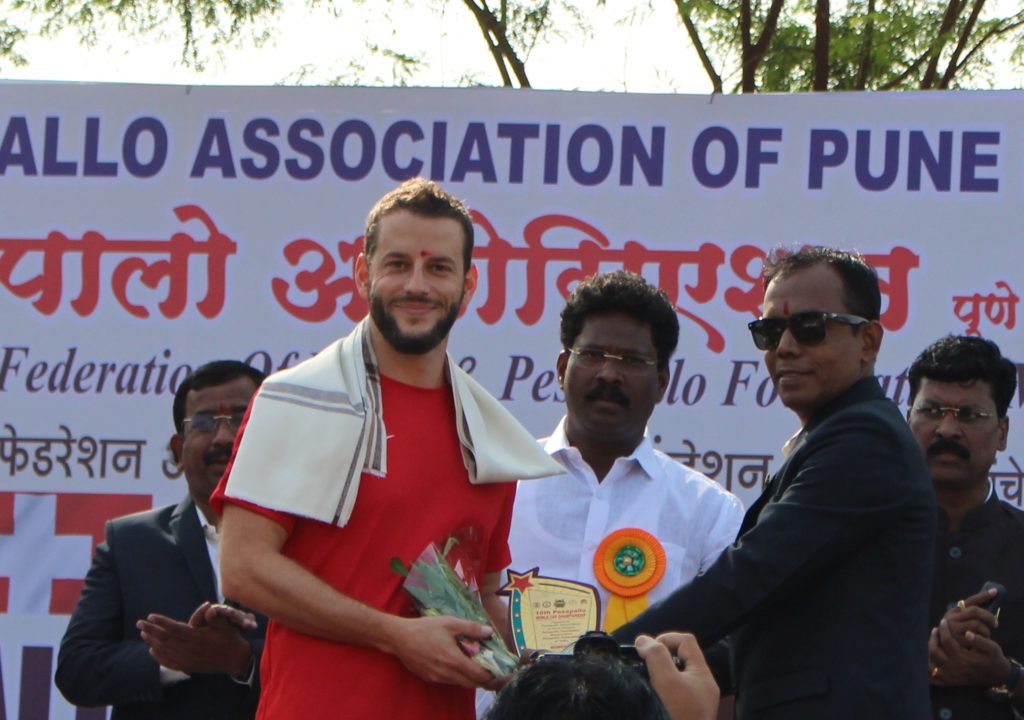
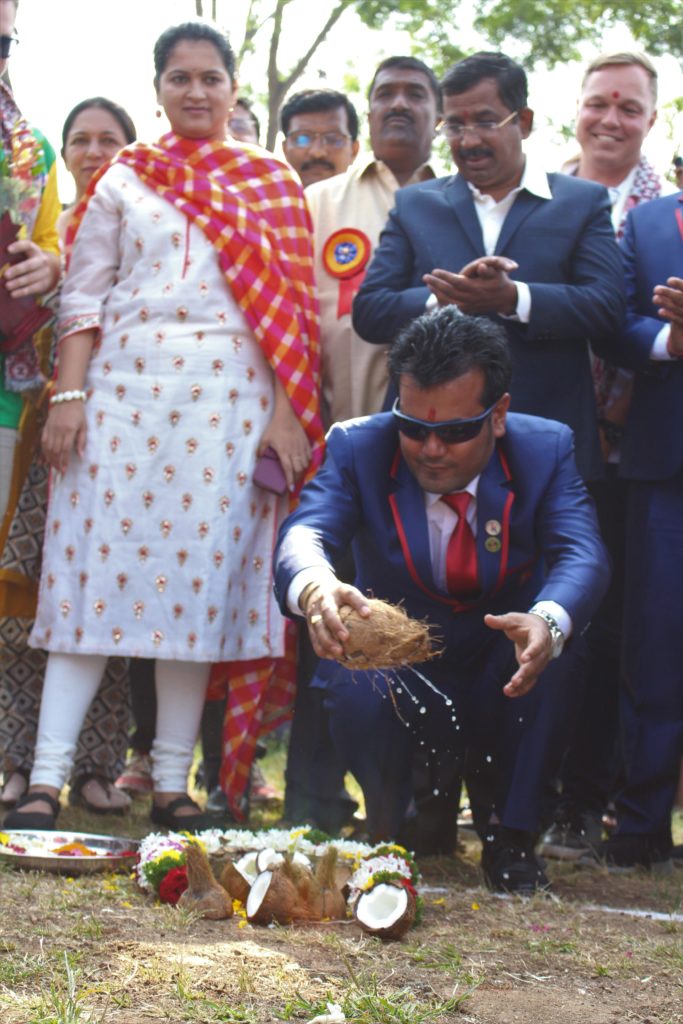
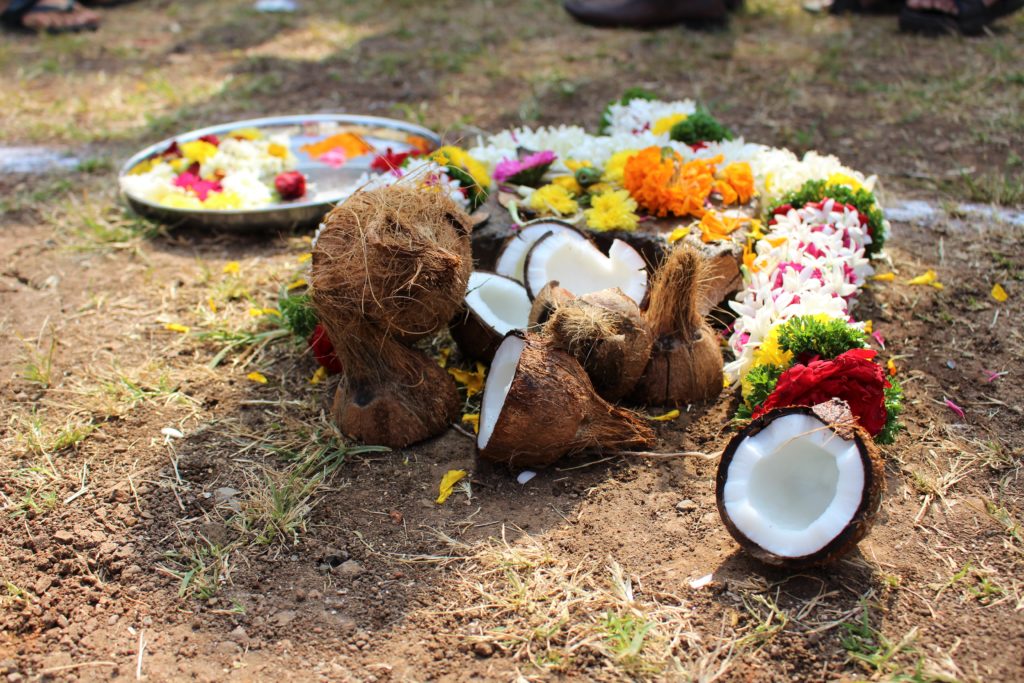

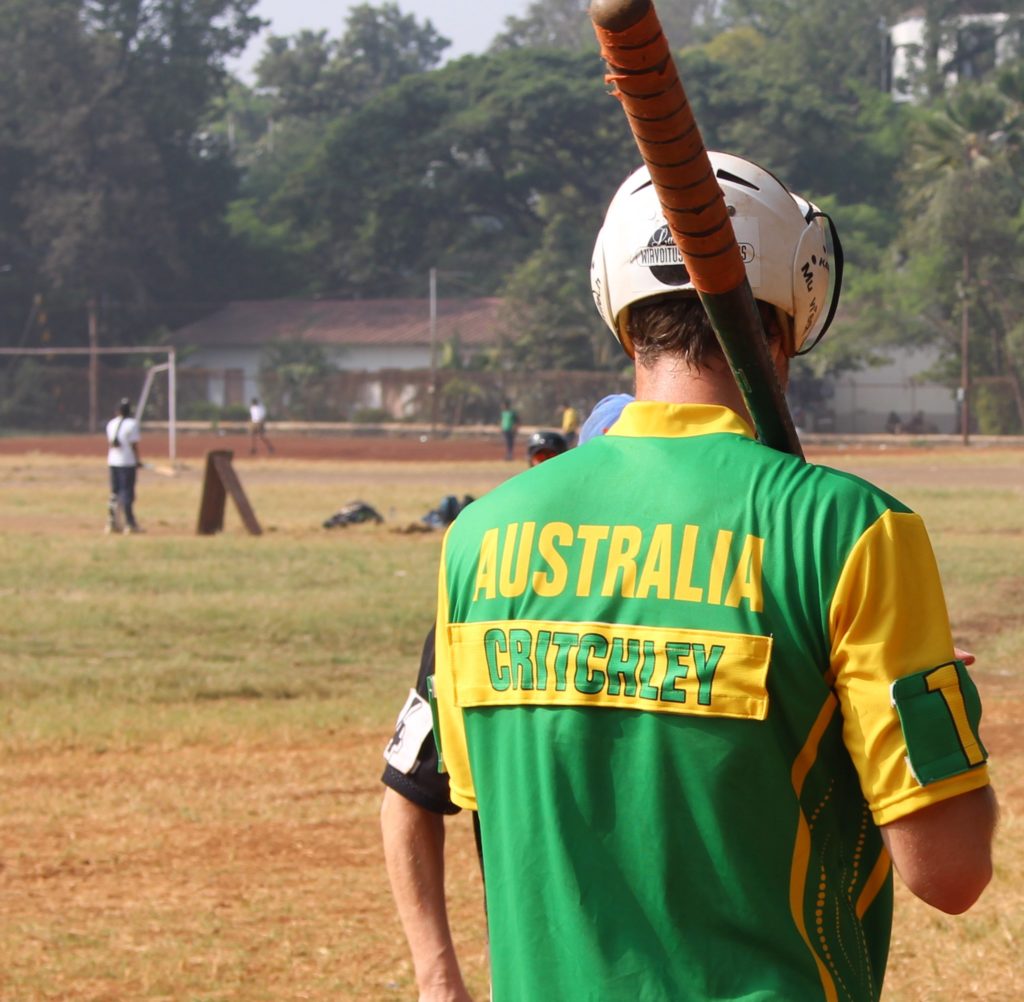
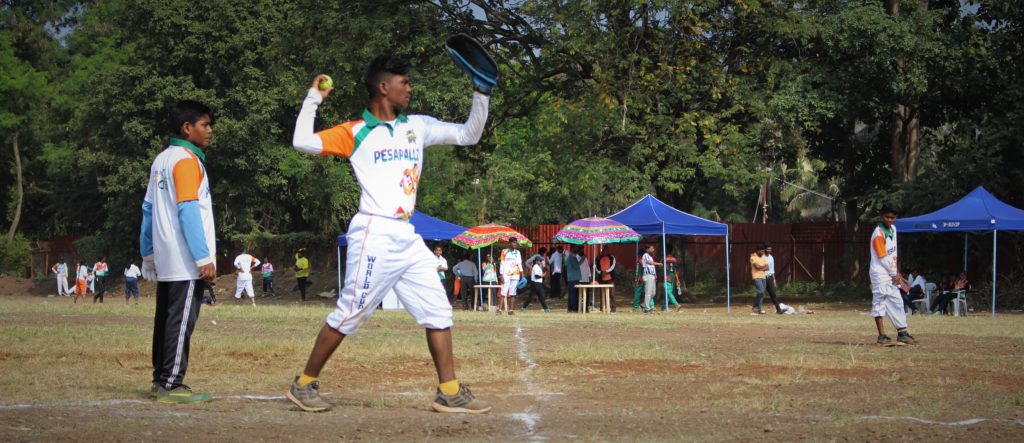
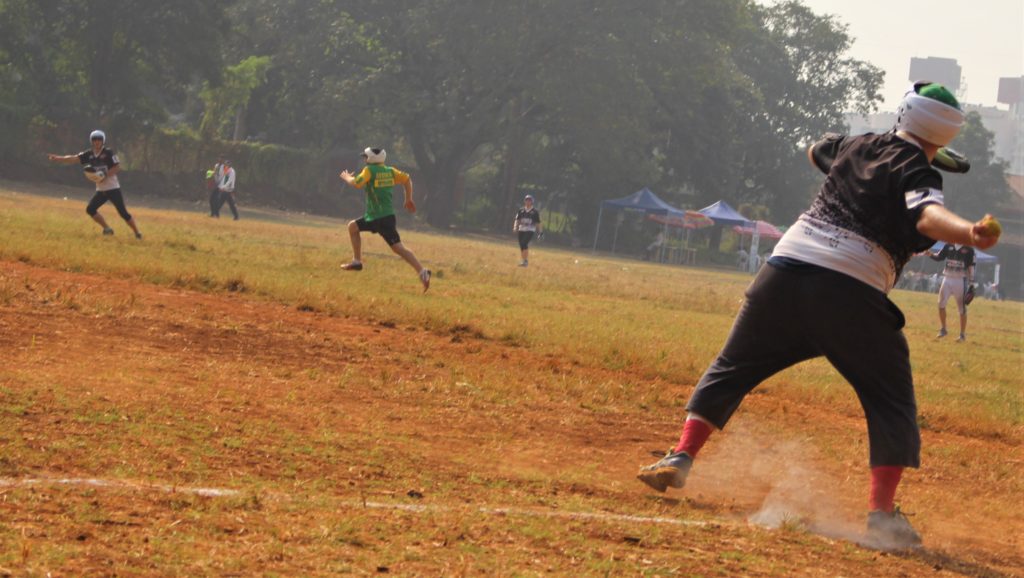
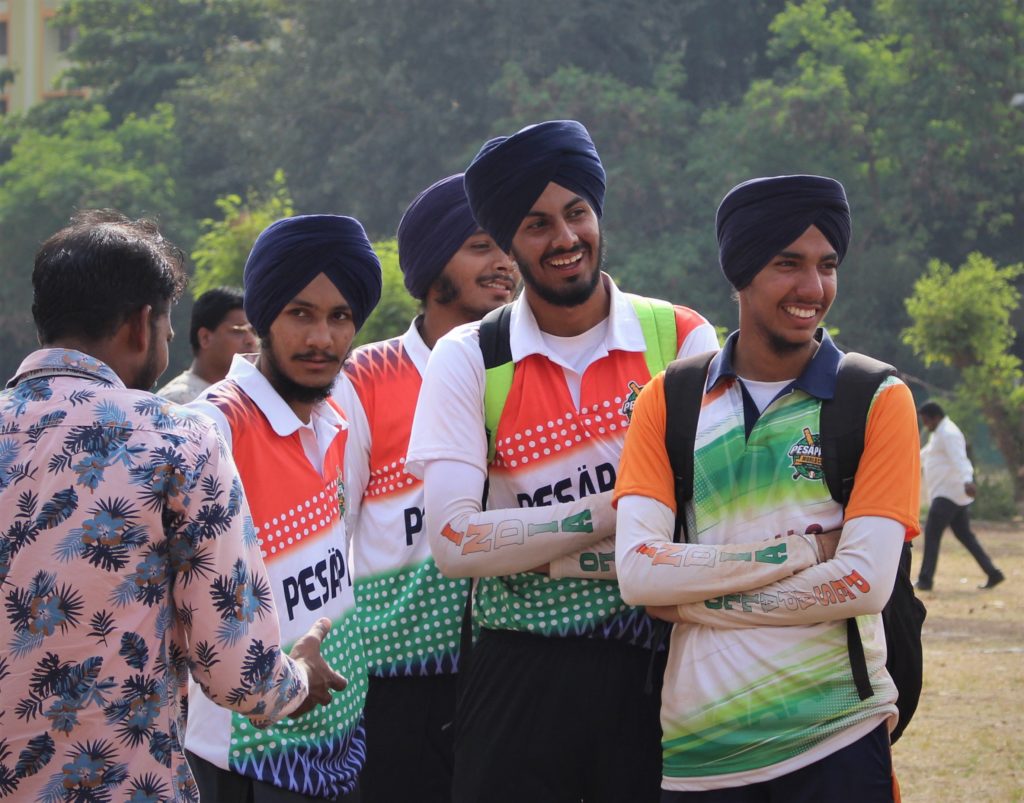
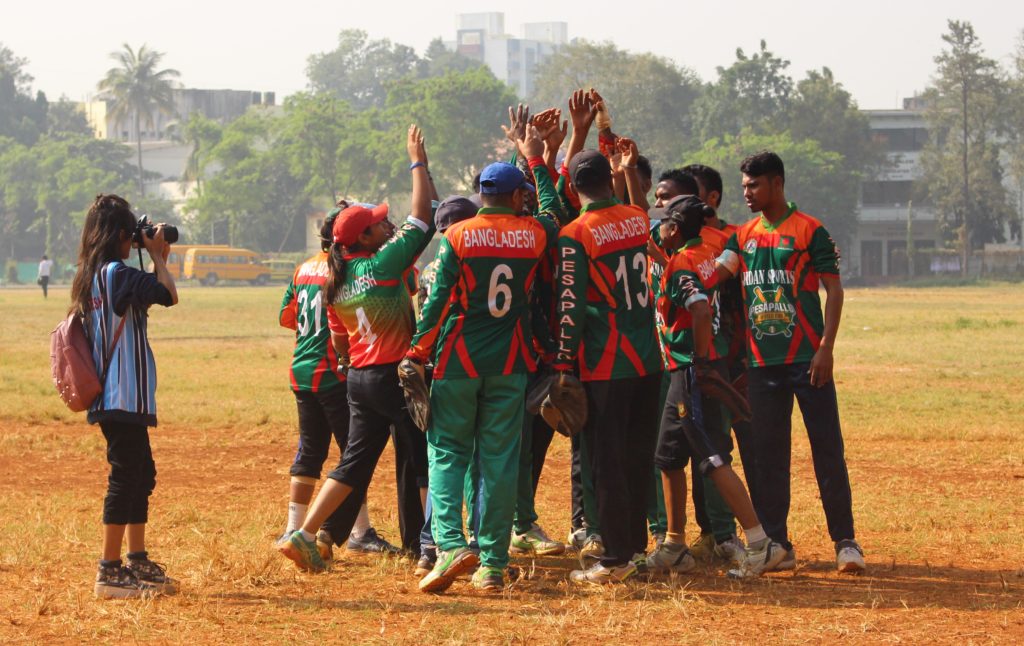

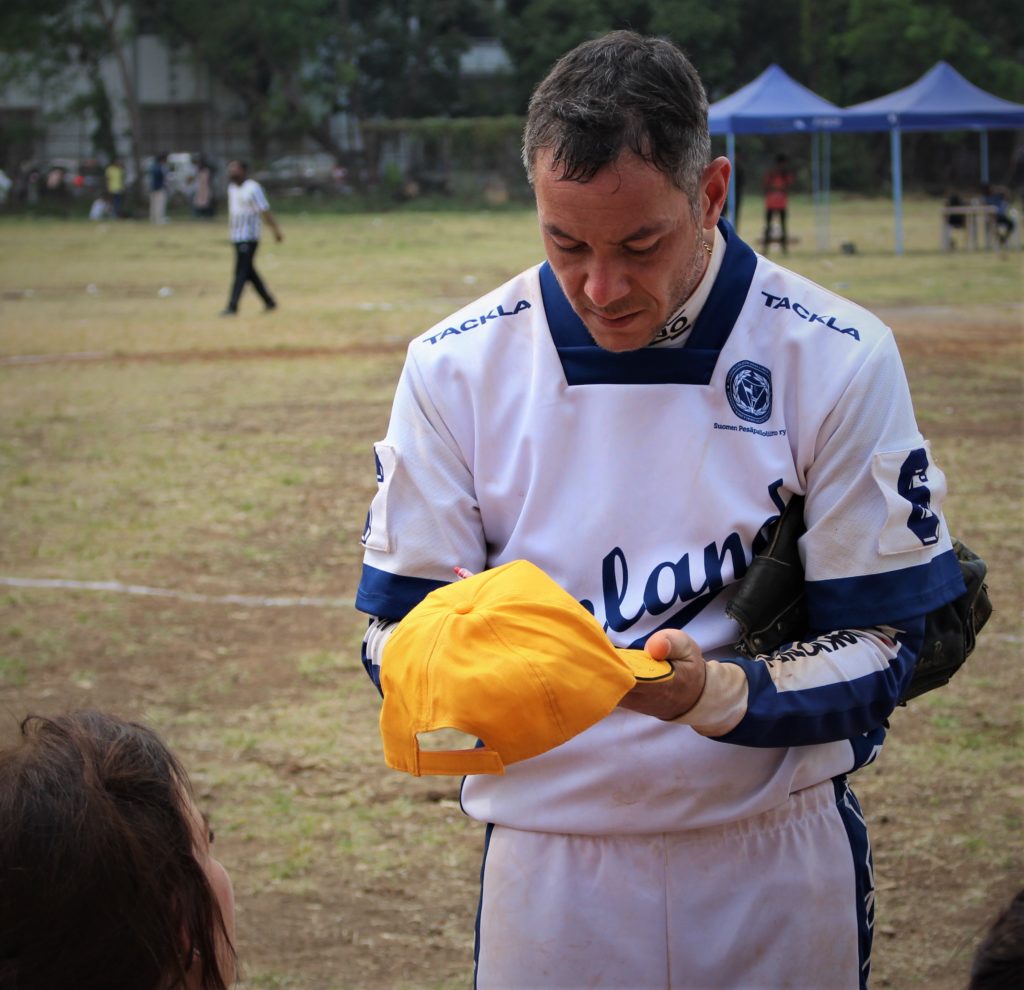
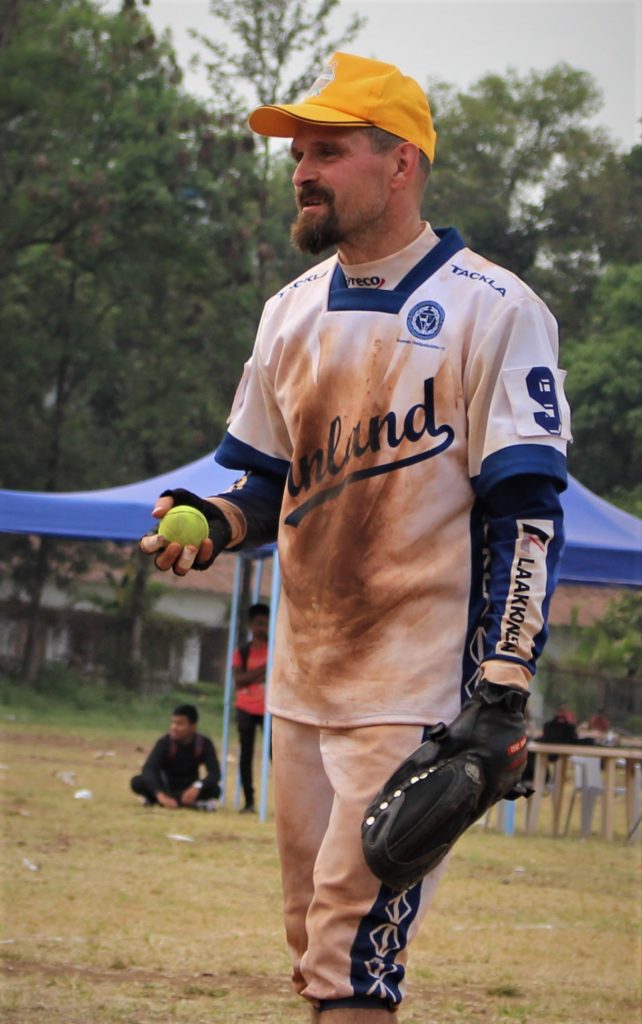
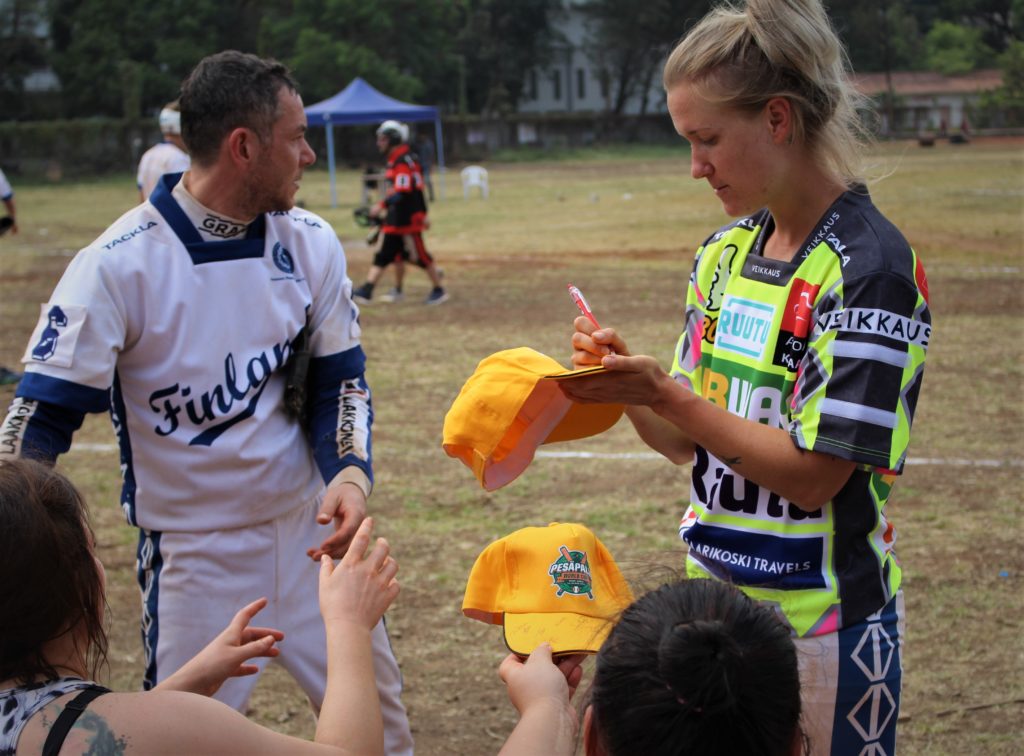
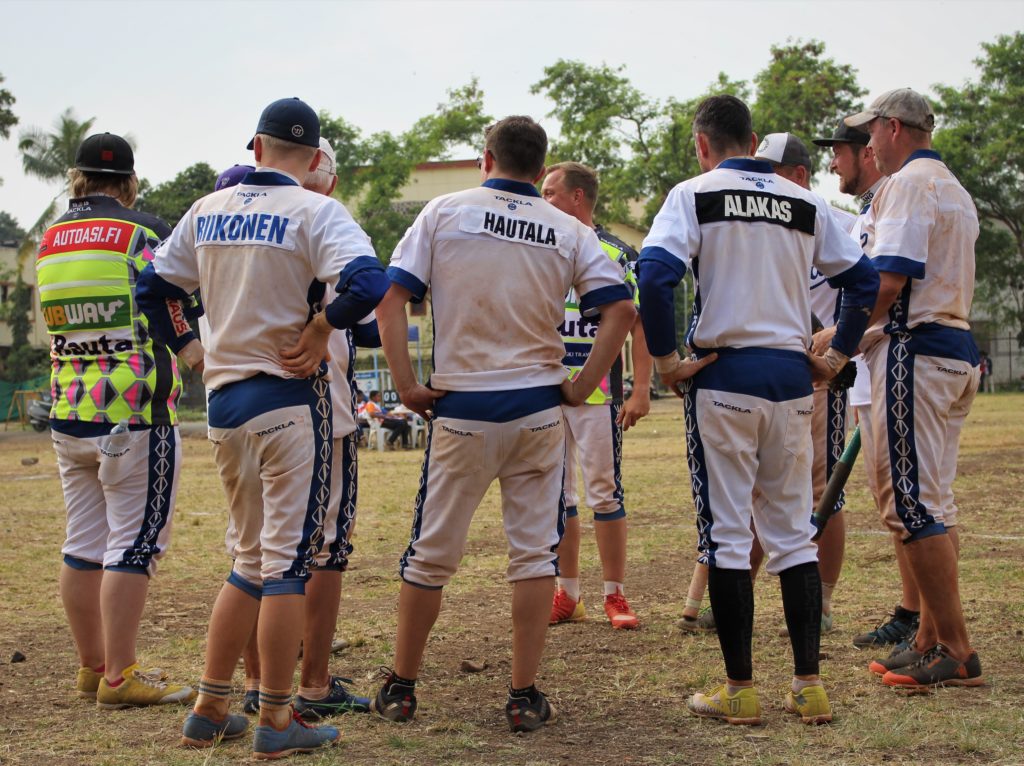


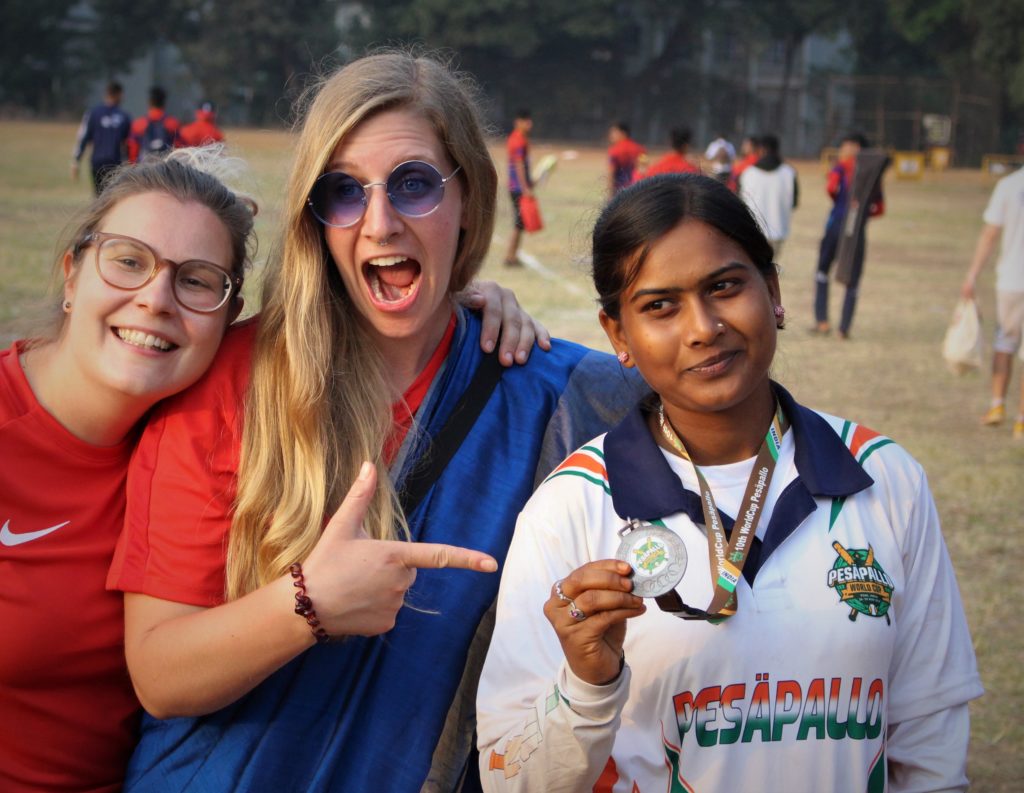
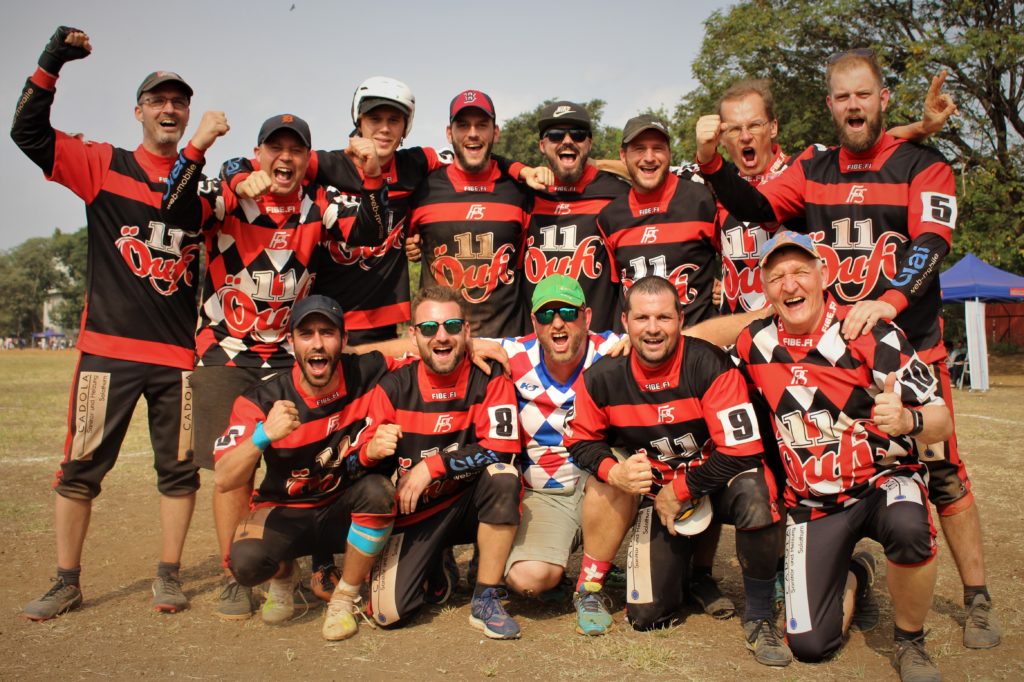
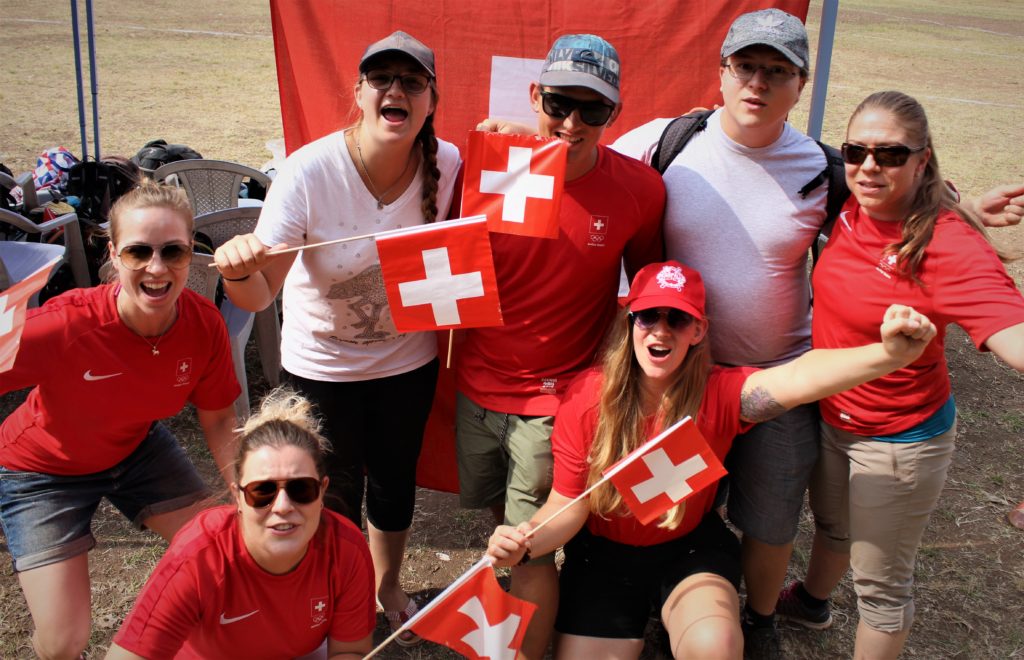
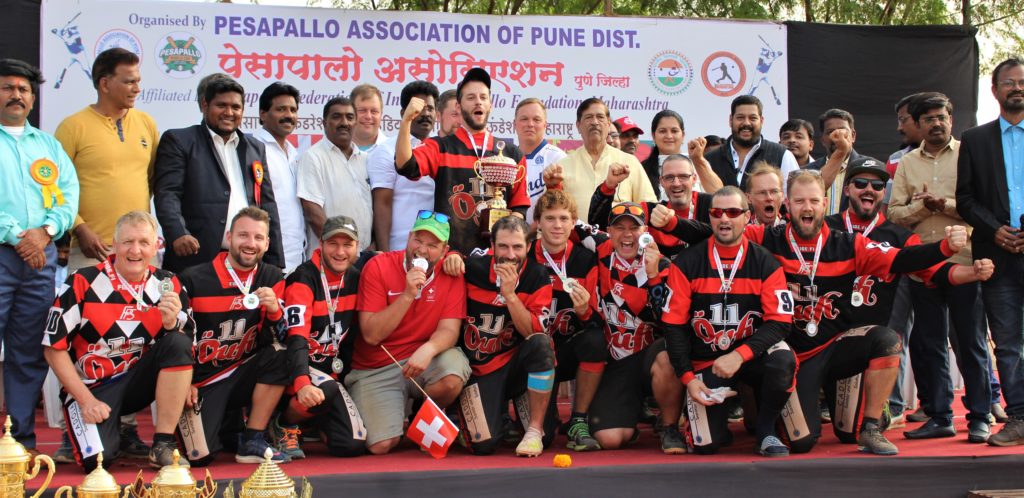
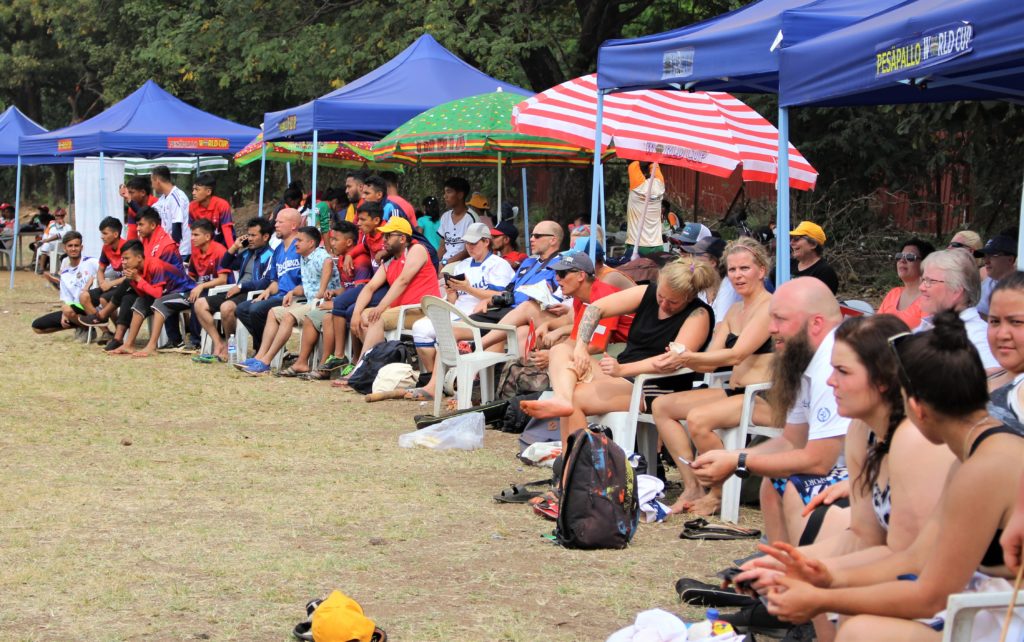
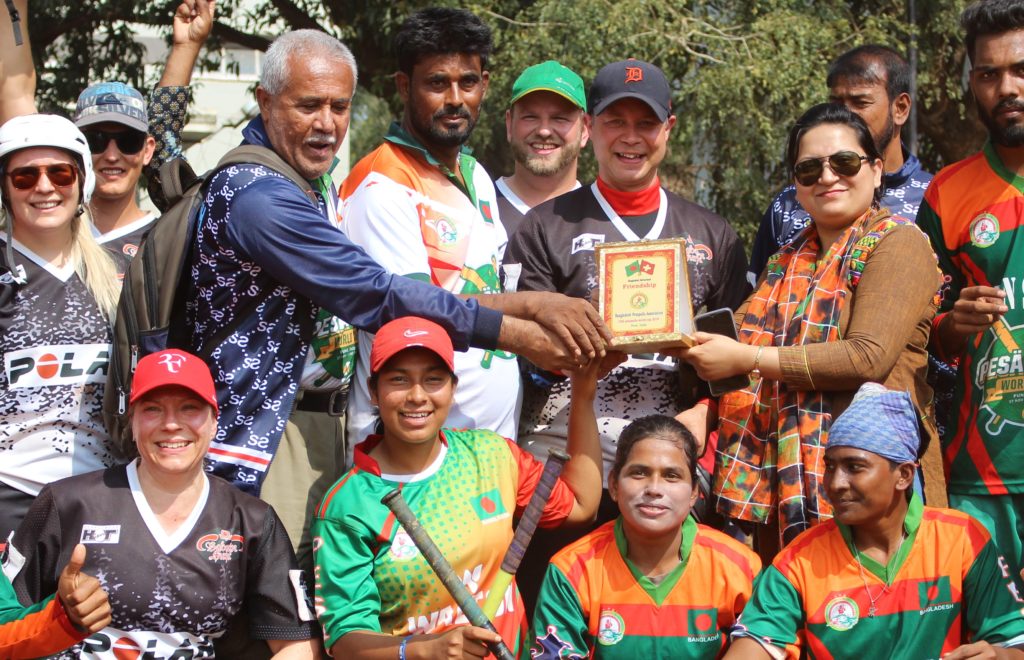
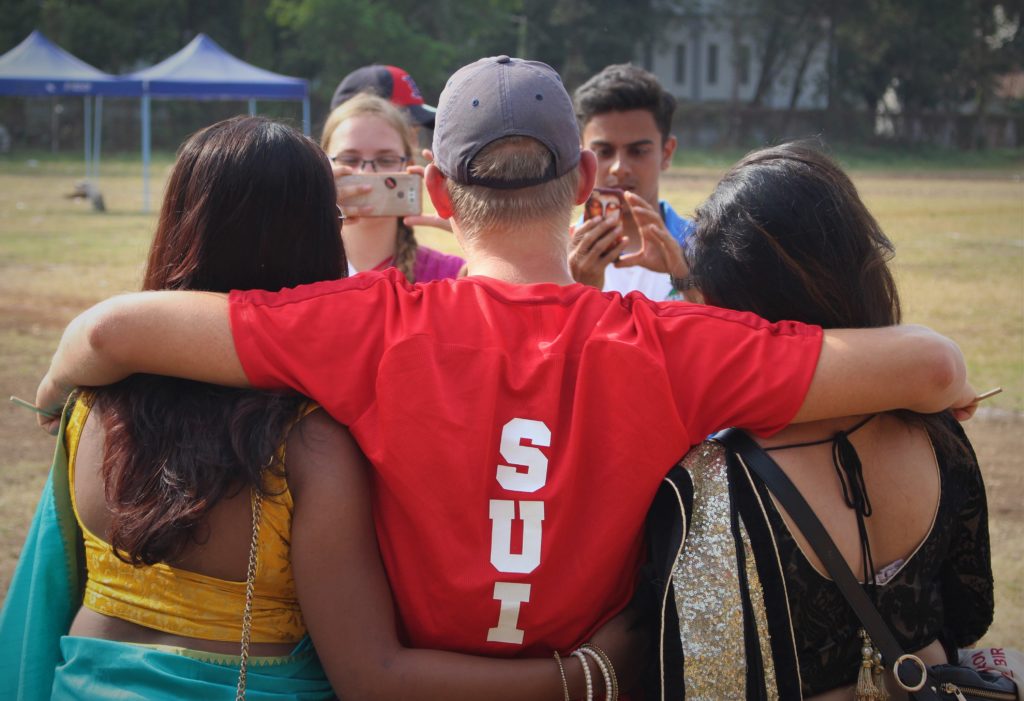
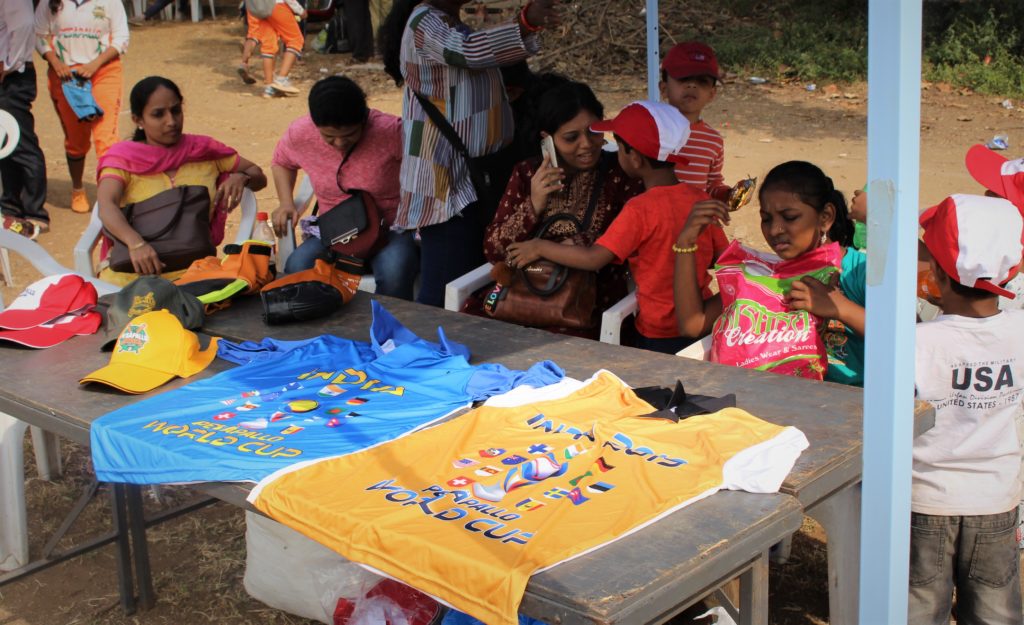
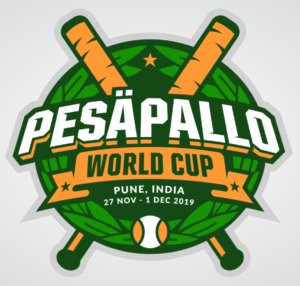
Neueste Kommentare